No products in the cart.
Oxycodone Hydrochloride 30mg Tablet – The Complete Medical Guide
Introduction to Oxycodone 30mg
Oxycodone hydrochloride 30mg is a high-potency immediate-release opioid analgesic classified as a Schedule II controlled substance. This maximum-strength single tablet dose is reserved for severe acute pain in opioid-tolerant patients, typically in cancer pain management, major trauma, or post-surgical recovery. With 1.5 times the potency of oral morphine, it provides powerful pain relief but carries substantial risks of respiratory depression, misuse, and fatal overdose.
What is oxycodone?
Oxycodone is an opioid pain medication sometimes called a narcotic.
Oxycodone is used to treat moderate to severe pain.
The extended-release form of oxycodone is for around-the-clock treatment of pain and should not be used on an as-needed basis for pain.
How should I use oxycodone?
Take oxycodone exactly as prescribed. Follow the directions on your prescription label and read all medication guides. Never use this medicine in larger amounts, or for longer than prescribed. Tell your doctor if you feel an increased urge to take more of oxycodone.
Never share opioid medicine with another person, especially someone with a history of drug abuse or addiction. MISUSE CAN CAUSE ADDICTION, OVERDOSE, OR DEATH. Keep the medication in a place where others cannot get to it. Selling or giving away opioid medicine is against the law.
Stop taking all other around-the-clock opioid pain medicines when you start taking extended-release oxycodone.
Take with food.
Swallow the capsule or tablet whole to avoid exposure to a potentially fatal overdose. Do not crush, chew, break, open, or dissolve.
If you cannot swallow a capsule whole, open it and sprinkle the medicine into a spoonful of pudding or applesauce. Swallow the mixture right away without chewing. Do not save it for later use.
Never crush or break an oxycodone pill to inhale the powder or mix it into a liquid to inject the drug into your vein. This can cause in death.
Measure liquid medicine carefully. Use the dosing syringe provided, or use a medicine dose-measuring device (not a kitchen spoon).
You should not stop using oxycodone suddenly. Follow your doctor’s instructions about gradually decreasing your dose.
Store at room temperature, away from heat, moisture, and light. Keep track of your medicine. Oxycodone is a drug of abuse and you should be aware if anyone is using your medicine improperly or without a prescription.
Do not keep leftover opioid medication. Just one dose can cause death in someone using this medicine accidentally or improperly. Ask your pharmacist where to locate a drug take-back disposal program. If there is no take-back program, flush the unused medicine down the toilet.
Medical Uses & Indications
FDA-Approved Uses
✅ Management of severe pain requiring daily opioid equivalent to ≥60mg oral morphine
✅ Breakthrough cancer pain in opioid-tolerant patients
✅ Short-term acute pain following major surgery/trauma
Key Clinical Features
• Onset: 15-30 minutes (oral administration)
• Peak effect: 1-1.5 hours
• Duration: 4-6 hours
• Equianalgesic ratio: 30mg ≈ 45mg oral morphine
• DEA Classification: Schedule II (Highest abuse potential prescription drugs)
Pharmacology & Mechanism
Neurochemical Action
• Full μ-opioid receptor agonist
• κ-opioid receptor partial agonist
• Inhibits ascending pain pathways
• Activates mesolimbic dopamine reward system
Metabolic Profile
• Hepatic metabolism: CYP3A4 (major), CYP2D6 (minor)
• Active metabolites: Oxymorphone (CYP2D6), Noroxycodone
• Elimination half-life: 3-5 hours
Dosing & Administration
Standard Dosing Protocol
• Opioid-tolerant patients only:
Confirm ≥60mg oral morphine equivalent daily requirement
Initial dose: 10-20mg q4h PRN
May titrate to 30mg if needed
• Absolute maximum:
120mg/day without specialist consultation
2 tablets (60mg) per single dose
Conversion Table
| Current Opioid | 30mg Oxycodone Equivalent |
|---|---|
| Morphine 45mg PO | 30mg |
| Hydromorphone 7.5mg PO | 30mg |
| Fentanyl 50mcg/hr TD | 30mg q4h PRN |
Critical Safety Notes
⚠ Contraindicated in opioid-naïve patients
⚠ Requires baseline and periodic respiratory monitoring
⚠ Must assess opioid tolerance before initiation
⚠ Never crush/chew tablets (dose dumping risk)
Safety Profile
Common Adverse Effects
• Constipation (universal, requires prophylaxis)
• Nausea/vomiting (30-50% incidence)
• Pruritus (25-40%)
• Sedation/clouded thinking
Black Box Warnings
❌ Addiction, abuse, and misuse risk
❌ Life-threatening respiratory depression
❌ Neonatal opioid withdrawal syndrome
❌ Concomitant benzodiazepine/alcohol danger
Overdose Management
Clinical Presentation
• Respiratory rate <8/min
• Pinpoint pupils
• Unconsciousness
• Cyanosis
• Bradycardia
Emergency Response Protocol
Administer naloxone (2mg nasal spray preferred)
Call emergency services immediately
Provide ventilatory support
Repeat naloxone every 2-3 minutes as needed
Monitor for renarcotization for 24+ hours
Risk Mitigation Strategies
Prescribing Controls
State PDMP review before each prescription
Written treatment agreements for chronic use
Urine drug screening at initiation and randomly
Pill count monitoring for chronic patients
Patient Safety Measures
• Locked storage requirements
• Naloxone rescue kit co-prescribing
• Strict disposal protocols for unused medication
• Avoidance of all CNS depressants
Clinical Alternatives
For Severe Pain
• Morphine sulfate ER (For chronic pain)
• Fentanyl transdermal (For stable pain)
• Hydromorphone IR (Alternative short-acting)
Non-Opioid Options
• NSAID combinations (For inflammatory pain)
• Ketamine adjunct (For refractory pain)
• Interventional procedures (Nerve blocks, etc.)
Special Population Considerations
| Population | Dosing Adjustment | Monitoring |
|---|---|---|
| Elderly (≥65) | 25-50% dose reduction | Increased fall risk |
| Hepatic impairment | Avoid or 50% reduction | LFT monitoring |
| Renal (CrCl<30) | Extended interval | Renal function |
| Pediatric | Not recommended | – |
Related
| QUANTITY | 50, 100, 500, 1000 |
|---|
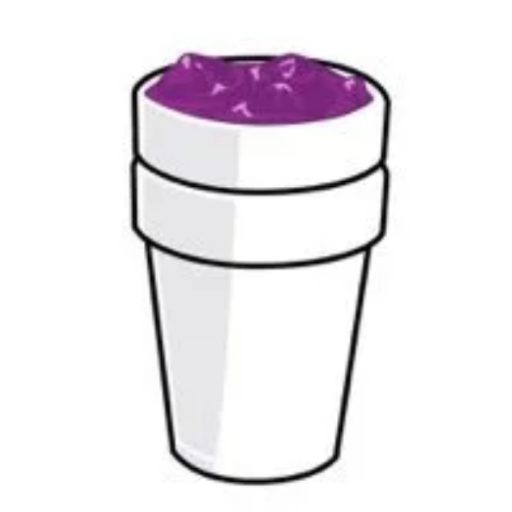

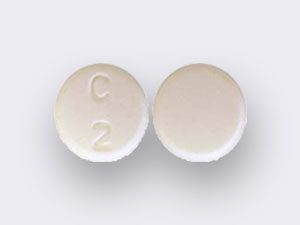


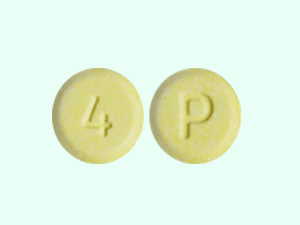
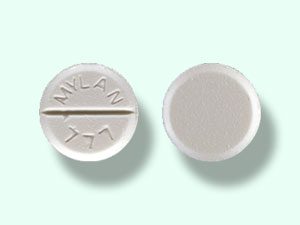
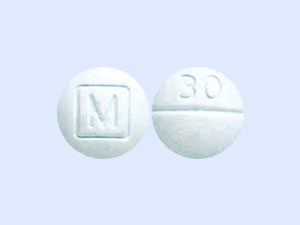

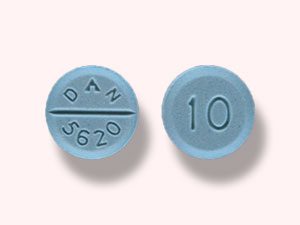
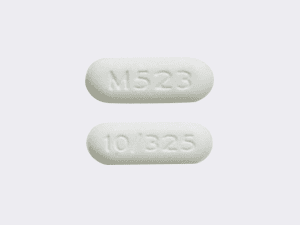
Reviews
There are no reviews yet.